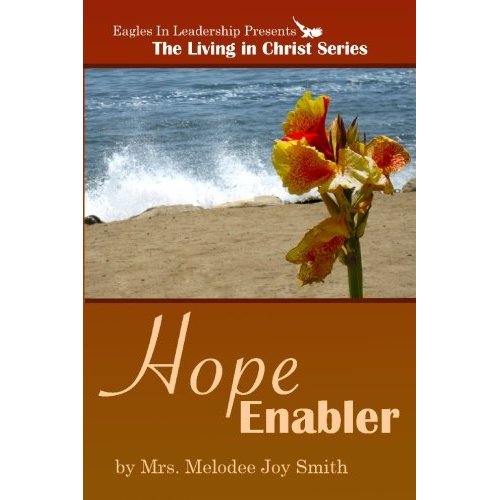 Artwork Credit: ragamuffinsoul.com
Artwork Credit: ragamuffinsoul.com
Many churches ask me, “How do we grow our people into deeper faith?” As the Gospels and the book of Acts demonstrate, the best way to grow your faith is to live it in community! Jesus chose 12 to be around him. Paul constantly has a circle of men around him, training them for life and ministry.
It is my sincere belief that small groups are THE primary discipleship / leadership tool for the church. If you are considering starting a small groups ministry, I would encourage you to consider the elements of the following action plan …
- 1st phase 6-12 months: Develop a relationship with the body, understand the church, the community and the city. This would include getting to know people, leaders and the pastor’s heart (if not you). You are seeking to grasp the corporate culture and history, the vision, dream and mission of the church on a visceral level. Seek to discover what makes the leadership and people tick. Look for hurts, habits and hang-ups that keep people stuck. Part of this time should be involved in vision casting, discipleship and leadership development. The end of this phase would be marked by having organized and established “the roadmap for spiritual growth ” at your church through the elders and pastors. At this point you will want to discuss why you want small groups, what is the purpose of small groups, what is the purpose of Sunday School (if you have one), how do you make all of these work with to your central mission statement. Small groups must complement the mission of the church, or they are just a fad that will eventually die off from lack of participation.
- 2nd phase 6-12 months: Begin implementing the roadmap for spiritual growth. Small groups aren’t something you do, its something that causes spiritual growth. Therefore, leadership development becomes of great importance here. This is something that is unique to every church and follows the growth benchmarks in the New Testament. In your roadmap, design it to fulfill your church purposes.
- 3rd phase (at the same time): Launch of small groups off of targeted fall campaign as set forth by the senior pastor. Focusing the congregation around a central time to host a new group brings about a significant increase in the number of small groups / people involved in them. Constantly be starting new groups with each fall campaign, as well as throughout the year. The pastor needs to encourage people each week to join / start a new small group. Those could be on their college or work campus, in their homes, at the local coffee shop or where ever. The best, most effective small groups happen off the church campus.
- 4th phase: Establish the leadership components for the small group hosts to grow them in ministry / mission. This is an ongoing process that involves incorporating all of the training aspects of the roadmap and adding additional components on group health, etc. This process is part of the alignment of the mission and purposes of the church and the needs of health and growth of the groups.
As always, we are here to help you with all of your leadership needs. Contact us for individual, leadership team or corporate consultation.











